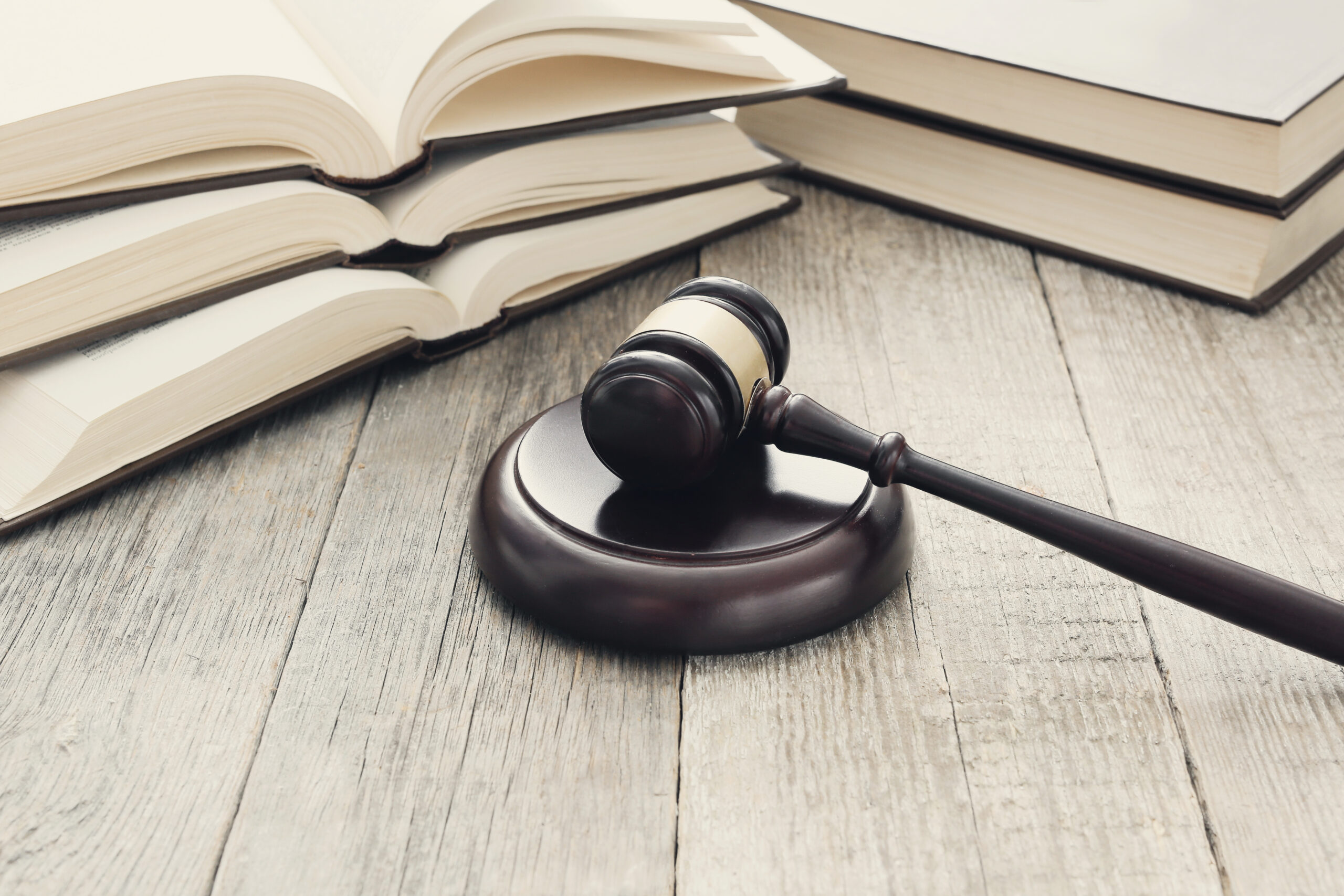Signs Your Tesla Might Qualify Under Lemon Law
Lemon Law, a consumer protection law in many states, acts as a shield against defective vehicles. Simply put, it gives you options when your car turns out to be more hassle than joyride. Think of it as the squeeze that turns a frustrating “lemon” back into a sweet and reliable “peach.”

Common Signs Your Tesla Might Be a Lemon
Recurring Issues After Multiple Repair Attempts
This section dives deeper into persistent problems with your Tesla despite multiple attempts by Tesla to resolve them. Generally, four or more repair attempts for the same issue are considered necessary to qualify under Lemon Law.
Specific Issues
- Battery and Charging:
Rapid battery drain: Losing significantly more range than advertised or expected, requiring frequent charging even for short trips.
Slow charging: Taking significantly longer than advertised to reach full charge, impacting practicality and convenience.
Overheating: Battery overheating during charging or normal use, posing safety risks and potential damage.
- Electrical System:
Power loss: Sudden shutdowns or loss of power while driving, creating dangerous situations.
Flickering lights: Erratic behavior of interior or exterior lights, potentially distracting or confusing drivers.
System crashes: Frequent freezes or reboots of the infotainment system or other onboard software, impacting functionality.
- Autopilot and Self-Driving:
Unexpected braking: Sudden and unwarranted braking for non-existent obstacles, causing jolts and potential accidents.
Phantom lane changes: Unintended veering into other lanes without driver input, increasing risk of collisions.
Inaccurate navigation: Significant errors in navigation instructions, leading to detours or incorrect destinations.
- Body and Trim:
Paint defects: Peeling, cracking, or discoloration of paint, affecting the vehicle’s appearance and potentially indicating deeper corrosion issues.
Cracking panels: Cracks or visible damage on body panels, compromising structural integrity and raising safety concerns.
Excessive wind noise: Unusually loud wind noise while driving, impacting comfort and potentially indicating poorly fitted components.
- Climate Control:
HVAC malfunctioning: Failure of the heating, ventilation, or air conditioning system to function properly, leading to discomfort and potentially impacting health in extreme weather.
Excessive cabin temperature fluctuation: Uncontrollable swings in cabin temperature, making the car unusable in certain conditions.
- Real-Life Examples:
A Tesla owner experiencing rapid battery drain, requiring charging multiple times per day for short commutes, successfully invoked Lemon Law after four repair attempts failed to solve the issue.
Another owner whose Autopilot repeatedly engaged in phantom lane changes, nearly causing accidents, was able to secure a vehicle replacement after five repair attempts yielded no permanent fix.
- Evidence is Key:
Documenting every repair attempt with detailed repair orders is crucial. Obtain copies of service invoices and keep a log of dates, issues reported, repairs performed, and communication with Tesla service representatives.
Collect any visual evidence, such as photos or videos, of the malfunctioning system or component.
Maintain an organized record of all documentation to strengthen your case and support your Lemon Law claim.
Extended Time Out of Service for Repairs
This section focuses on the frustration of your Tesla spending a significant portion of its warranty period out of service due to repairs. 30+ cumulative days of downtime within the warranty timeframe can often trigger Lemon Law protections in many states.
- Examples:
Repairs dragging on: Imagine your Tesla needing multiple repairs for the same issue, each taking weeks or months due to parts shortages or complex diagnostics. You’re left relying on unreliable loaner vehicles while your primary car languishes in the shop.
Loaner car purgatory: Dependence on loaner vehicles for extended periods disrupts your life. Loaners might be unfamiliar models, lack essential features, or be unavailable altogether, forcing you to scramble for alternate transportation.
Missed opportunities: This downtime can affect your daily life. Imagine missing work deadlines, important appointments, or family outings because your Tesla is stuck in the repair shop.
- Highlighting the Impact:
Go beyond just stating the number of days and delve into the real-world consequences:
Financial burden: Rental car fees, increased mileage on alternate vehicles, and potential lost income from missed work due to unreliable transportation.
Inconvenience and disruption: The stress of constantly arranging alternate transportation, the hassle of adapting to unfamiliar vehicles, and the frustration of missing out on important activities.
Safety concerns: Relying on older or less reliable loaner vehicles could raise safety concerns, adding to the anxiety of the situation.
- Documenting Downtime:
Maintain detailed repair logs: Note the dates your Tesla entered and exited the shop for each repair, clearly documenting the total downtime.
Keep rental car agreements: These serve as concrete evidence of the days you relied on substitute transportation.
Record missed opportunities: Document any work deadlines, appointments, or events you missed due to your Tesla being unavailable.
Significant Defects Affecting Safety or Use
This section tackles the most critical aspect of potential Lemon Laws claims: defects that directly threaten your safety or significantly impede your Tesla’s usability.
Safety-Related
- Brakes and Steering: Imagine encountering spongy, unresponsive brakes or imprecise steering that makes every turn a dice roll. Faulty brakes on a Tesla, with its instant acceleration, can be disastrous. Erratic steering could lead to unpredictable lane changes and collisions.
- Airbags and Seatbelts: These lifesavers must function flawlessly. Malfunctioning airbags that fail to deploy in an accident or faulty seatbelts that release prematurely can have horrific consequences.
- Unintended Acceleration & Sudden Stops: Picture cruising down the highway when your Tesla inexplicably lurches forward, nearly causing a pileup. Or imagine approaching a stop sign and experiencing a jarring, forceful halt that throws your passengers around. These unpredictable maneuvers pose serious safety risks.
- Software Glitches: Tesla’s reliance on software creates a potential vulnerability. Imagine critical systems like steering or braking malfunctioning due to software glitches, leaving you at the mercy of a malfunctioning machine.
Use-Related Issues
- Range Disappointment: Imagine expecting your Tesla to cruise 300 miles on a single charge, only to find it sputters out after 150. This blatant discrepancy in advertised range versus reality significantly impacts usability and could leave you stranded on the road.
- Charging Station Woes: Owning a Tesla relies heavily on a functional charging network. Imagine frequent charging failures at public stations or an inability to charge at home due to malfunctioning equipment. This turns a convenient electric vehicle into a frustrating exercise in finding juice.
- Warning Light Symphony: A dashboard perpetually lit up with a chorus of warning lights, even after multiple service visits, is not just annoying. It indicates potential underlying issues that could compromise your Tesla’s safety and performance.
- Toxic Interiors: Imagine enduring noxious chemical odors or excessive noise levels inside your Tesla, causing headaches, dizziness, and discomfort. These health risks significantly impair the car’s usability and raise concerns about long-term health effects.

Taking Action Under Lemon Law
Understanding Your State’s Lemon Law
Navigating the complexities of Lemon Law can feel daunting, but knowing your state’s specific regulations is crucial for taking effective action. This section empowers you with the knowledge to assess your situation and determine whether you have a viable claim.
State-Specific Variations
Remember, Lemon Law varies significantly from state to state. While the core principle of protecting consumers from defective vehicles remains, details like qualifying criteria, timeframes, and remedies differ.
Highlight the importance of research: Encourage Tesla owners to visit their state’s official government website or consumer protection agency website. Most states provide comprehensive information on their Lemon Law requirements, including downloadable brochures and detailed explanations.
Example
“In Washington state, your Tesla might qualify for Lemon Law if it has had three or more repair attempts for the same issue within the warranty period, or if it has been out of service for more than 30 days due to repairs. You have three years from the date of purchase to file a claim, and if successful, you could receive a full refund or a replacement vehicle.”
Preparing Your Case
Imagine standing before a judge arguing your Lemon Law claim. To win, you need airtight evidence and a clear understanding of your rights. This section empowers you with the tools to build a formidable case and navigate the legal path toward fair compensation.
Gathering Evidence
- Paper Trail Perfection: This is your war chest. Collect and meticulously organize every document related to your Tesla’s woes. These include:
- Purchase agreement and warranty documents: Prove ownership and warranty coverage dates.
- Repair orders and service records: Detail the issue, repair attempts, dates, and downtime. Highlight recurring issues and attempts exceeding the required threshold for your state’s Lemon Law.
- Communication with Tesla: Store emails, transcripts, and recordings of conversations with service representatives and customer support showcasing your efforts to resolve the problem directly.
- Visual Proof: Pictures and videos are powerful allies. Document the malfunctioning component, system error message, or excessive wear and tear with clear visuals.
- Maintenance Records: If you diligently maintained your Tesla according to the manufacturer’s recommendations, present these records to demonstrate responsible ownership and refute manufacturer claims of neglect.
Seek Expert Guidance
While self-representation is possible, navigating Lemon Law intricacies, legal jargon, and negotiating strategies can be daunting. Consider consulting a:
- Lemon Law attorney: Choose someone specializing in electric vehicles for deeper understanding of Tesla-specific issues and relevant precedents.
- Consumer protection agency: These organizations offer free or low-cost legal advice and assistance with filing claims.
Filing a Claim and Negotiating with Tesla
Once armed with evidence and understanding your rights, it’s time to act. This section guides you through navigating the claim filing process and engaging with Tesla, offering hope for resolution without immediately resorting to legal action.
Filing a Claim
- State-Specific Procedures: Every state has its own claim filing process. Refer to the information gathered previously in Section A (Understanding Your State’s Lemon Law) for specific steps and forms.
- Contacting Tesla: Express your intent to file a Lemon Law claim via certified mail or registered letter. Follow up with documented phone calls or emails to ensure clear communication.
Negotiation – Seeking Resolution
- Open Communication: Clearly and concisely present your issues, repair attempts, and evidence supporting your claim. Maintain a professional and assertive tone.
- Settlement Opportunities: Be open to fair resolutions offered by Tesla, such as vehicle replacement or repurchase with a refund. Consider the pros and cons of accepting such agreements compared to pursuing legal action.
- Time is of the Essence: While negotiation is recommended, be mindful of legal deadlines for filing a lawsuit. If negotiations stall or fail to offer a satisfactory outcome, seek legal counsel to initiate legal proceedings.

Reaching the Destination
Navigating the world of car ownership can be a smooth ride, but when your Tesla becomes more of a roller coaster of breakdowns and frustrations, recognizing the signs of a potential Lemon Law case is crucial. This guide has aimed to empower you, the Tesla owner, with the knowledge and resources to confidently advocate for your rights if your vehicle falls short of its promises.
Remember, ignoring red flags won’t make them disappear. Recurring issues, excessive downtime due to repairs, and significant safety hazards or use-related defects are not normal for any car, let alone a premium electric vehicle like a Tesla. Recognizing these signs and understanding your state’s specific Lemon Law framework are the first steps in protecting yourself from financial burdens and potential safety risks.
Don’t be afraid to be proactive. If you suspect your Tesla might be a Lemon, don’t simply accept the inconvenience. Gather evidence, document your experiences, and reach out to relevant resources. This guide has equipped you with information on gathering crucial evidence, seeking expert guidance, and initiating the claim filing process. Remember, staying organized and prepared can significantly strengthen your case and increase your chances of a successful outcome.
You are not alone in this journey. Numerous resources and support options are available to help you navigate the complexities of Lemon Law claims. Utilize government websites, legal aid organizations, and online forums to connect with others facing similar situations and gain valuable insights. Seeking support and expert advice can alleviate the stress and confusion often associated with legal proceedings.
Ultimately, remember the power of Lemon Law. This consumer protection legislation exists to level the playing field and ensure fairness when you encounter a defective vehicle. By understanding your rights and taking informed action, you can hold Tesla accountable and secure a fair resolution, whether it be vehicle replacement, repurchase, or financial compensation.
This journey toward reclaiming your ownership experience and receiving deserved compensation might require persistence and a willingness to stand up for your rights. But remember, the peace of mind of a reliable car and the satisfaction of holding a manufacturer responsible for its shortcomings are well worth the effort. The information and resources provided in this guide are your roadmap to achieving just that. So, arm yourself with knowledge, seek support, and confidently drive towards a resolution that protects your interests and ensures your Tesla truly delivers the smooth ride it promises.







